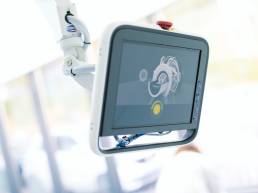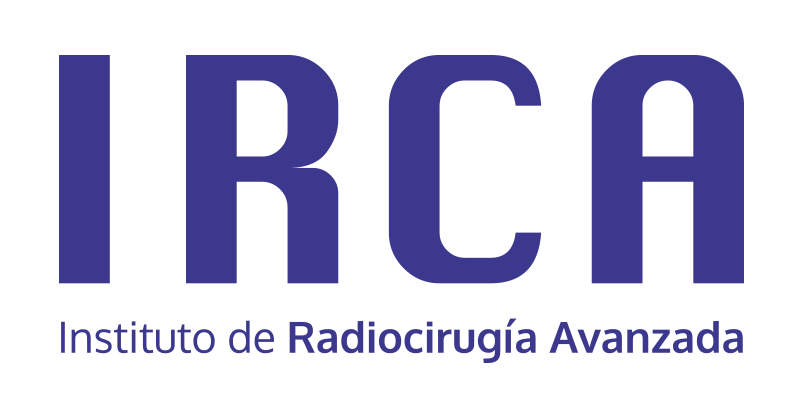- Home
- TREATMENTS
- Neurovascular diseases
The main treatments offered at IRCA focus on malignant and benign brain tumours, neurovascular diseases and also functional diseases.
As already mentioned, the ZAP-X is the most advanced stereotactic brain radiosurgery system in the sector, with cutting-edge technological innovation. And as we have already mentioned, it can be used to treat different pathologies, providing highly relevant data to support medical results and efficiency.
Thanks to the ZAP-X, IRCA can offer treatments that are specially personalised for each patient, thinking not only of their recovery but also of their wellbeing throughout the process.
enter

TREATMENTS
Neurovascular diseases
Neurovascular diseases affect the blood vessels in the brain through a blockage (infarction) or a rupture (haemorrhage). Effective treatment such as that offered by ZAP-X can prevent any sequelae.
Arteriovenous malformation (AVM)
This is a disease that alters the vital process of the blood. Usually located in the brain and spinal cord (although not very frequent), this pathology changes the dynamics of the blood vessels. Arteries carry oxygenated blood from the heart to the brain, and veins carry oxygen-depleted blood back to the lungs and heart. A person with an arteriovenous malformation suffers from a disturbance in the function of the arteries.
It usually manifests itself as bleeding due to pressure and tissue damage, which eventually ruptures and bleeds. However, there are also other common symptoms: seizures, headache (may be focal) or muscle weakness.
There is no clear cause as to why the disease occurs. What has been proven is that it is not an inherited disease, although it is formed during foetal development.
Cavernoma
This is a vascular malformation in which there is a collection of cells that squeeze the blood vessels, called endothelium. Its size varies from 2 millimetres to several centimetres. This vascular malformation, also known as cavernous angioma, can develop into a more complex composition: multiple cavernomatosis.
It can develop without obvious signs. However, there are common symptoms ranging from seizures and fatigue to difficulty speaking and understanding others. It can also manifest with nausea, loss of vision or difficulties with balance.
In this case, unlike arteriovenous malformation, cavernoma is due to hereditary causes. However, they can also develop naturally on their own, or even as a side effect after focal brain radiotherapy treatment.
Glomus jugulare tumour
Although treated as a neurovascular disease, glomus jugulare is a rare benign tumour located in the part of the temporal bone (between the middle and inner ear). In fact, it is also known as a glomus tympani jugulare tumour. However, the damage can affect both the ear and the upper part of the neck, as well as the base of the skull, and even the surrounding nerves and blood vessels.
In this case, the cause of the glomus jugulare tumour is also unknown. And although cases confirm that it usually appears from the age of 60 onwards, it can occur at any age. It is therefore not related to tissue ageing either.
The glomus jugulare tumour is usually small, so it can always be treated with a simple intervention. If it is not treated in time, it can be complicated by hearing loss or ear noise, and in the most extreme case, even facial paralysis.

